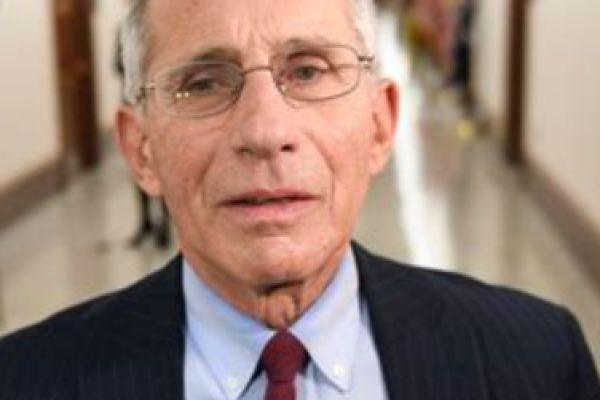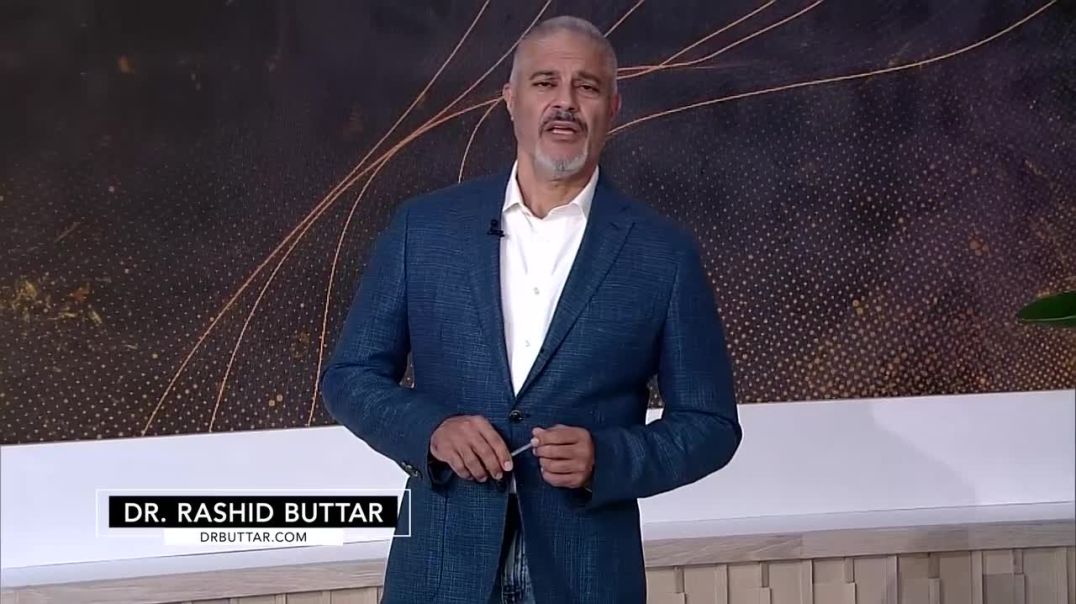03/27/2023 / By JD Heye
A new analysis published this week takes a different look at government bank deposit insurance that goes beyond covering the $250,000 limit imposed by the Federal Deposit Insurance Corporation, or FDIC, that will involve tens of billions of taxpayer dollars.
Tyler Durden at Zero Hedge noted on Thursday: “As Simon White writes today, ‘a full guarantee of all bank deposits would spell the end of moral hazard disciplining banks and mark the final chapter of the dollar’s multi-decade debasement.’ And yet that’s where we are headed, even if with a few hiccups along the way, because as White also notes, with the latest banking crisis in the US, it’s the clean-up that could end up doing far more lasting damage. That’s because the failure of SVB et al prompted the FDIC to guarantee that all depositors will be made whole, whether insured or not.”
On Tuesday, Treasury Secretary Janet Yellen made a comment suggesting that the US could potentially take similar actions if other banks were in trouble, setting a concerning precedent. Although Yellen was specifically referring to smaller lenders, the regulatory trend over the past four decades indicates that this could eventually apply to any lender facing difficulties. Despite Yellen denying that insurance would be “blanket,” this is still a worrying prospect, Durden noted further.
Over the weekend, a coalition of midsize US banks requested federal regulators to extend FDIC deposit insurance for the next two years, as they believe that the next systemic crisis could push the banking sector over the edge. The aim of the request is to alleviate any concerns that could lead to a wider deposit run on regional and community banks, he noted.
BofA’s rates strategist Mark Cabana wrote about the potential impact of extending deposit insurance to cover all $18 trillion of US deposits, as opposed to just the current $11 trillion that is insured by the FDIC. Cabana notes that deposit insurance has historically been effective in stabilizing deposit outflows and offers several options for implementation, including insuring all domestic bank deposits or increasing the coverage amount beyond the current limit of $250,ooo per depositor.
“If policymakers consider extending deposit insurance coverage it would impact reserves held in the Deposit Insurance Fund (DIF),” he continued, adding:
What is DIF? One way the FDIC maintains stability and public confidence in the U.S. financial system is by providing deposit insurance. The primary purposes of the Deposit Insurance Fund (DIF) are:
- to insure the deposits and protect the depositors of insured banks and
- to resolve failed banks.
“While the DIF is backed by the full faith and credit of the United States government, it has two sources of funds: i) assessments (insurance premiums) on FDIC-insured institutions and ii) interest earned on funds invested in U.S. government obligations. The government guarantee of insured deposits is not limited by the amount in the DIF. One can think of DIF as a ‘first loss’ tranche absorbed by assessed bank funds in DIF,” Durden noted.
On Dec 31, 2022, the reserve ratio of the DIF, which represents the fund balance as a percentage of insured deposits, was 1.27%, equivalent to $128.2 billion. The FDIC’s target is to increase the reserve ratio to 1.35% by Sep 30, 2028, which will require an $8 billion increase, roughly, he added.
To increase deposit insurance, a significant increase in the Deposit Insurance Fund (DIF) would be needed. Assuming the target reserve ratio of 1.35% is applied to the uninsured deposits, this would require a reserve build of approximately $104 billion, he explained. To minimize the impact on the industry’s profitability, the reserve build would have to occur gradually over several years. If the additional assessment is spread over a ten-year period, it would result in an approximately 50 basis points drag on annual return on equity (ROE) for the banking industry, he added, going on to question whether this was even feasible.
In the end, it’s highly likely that trying to save bank depositors from banks that made poor, woke business choices will only invite more poor, woke business choices, causing more damage with each successive failure cycle.
Sources include:














